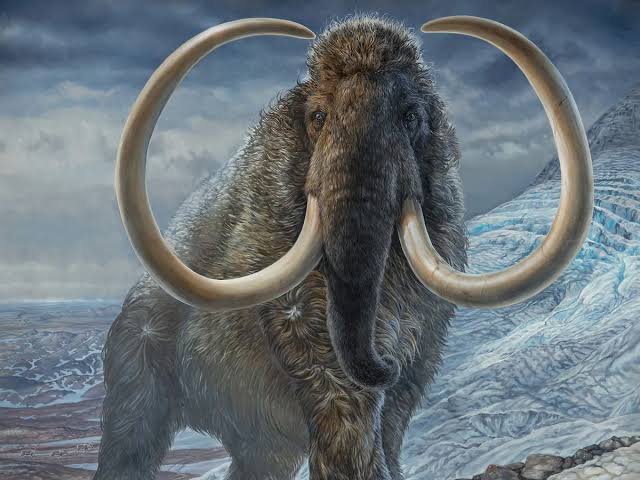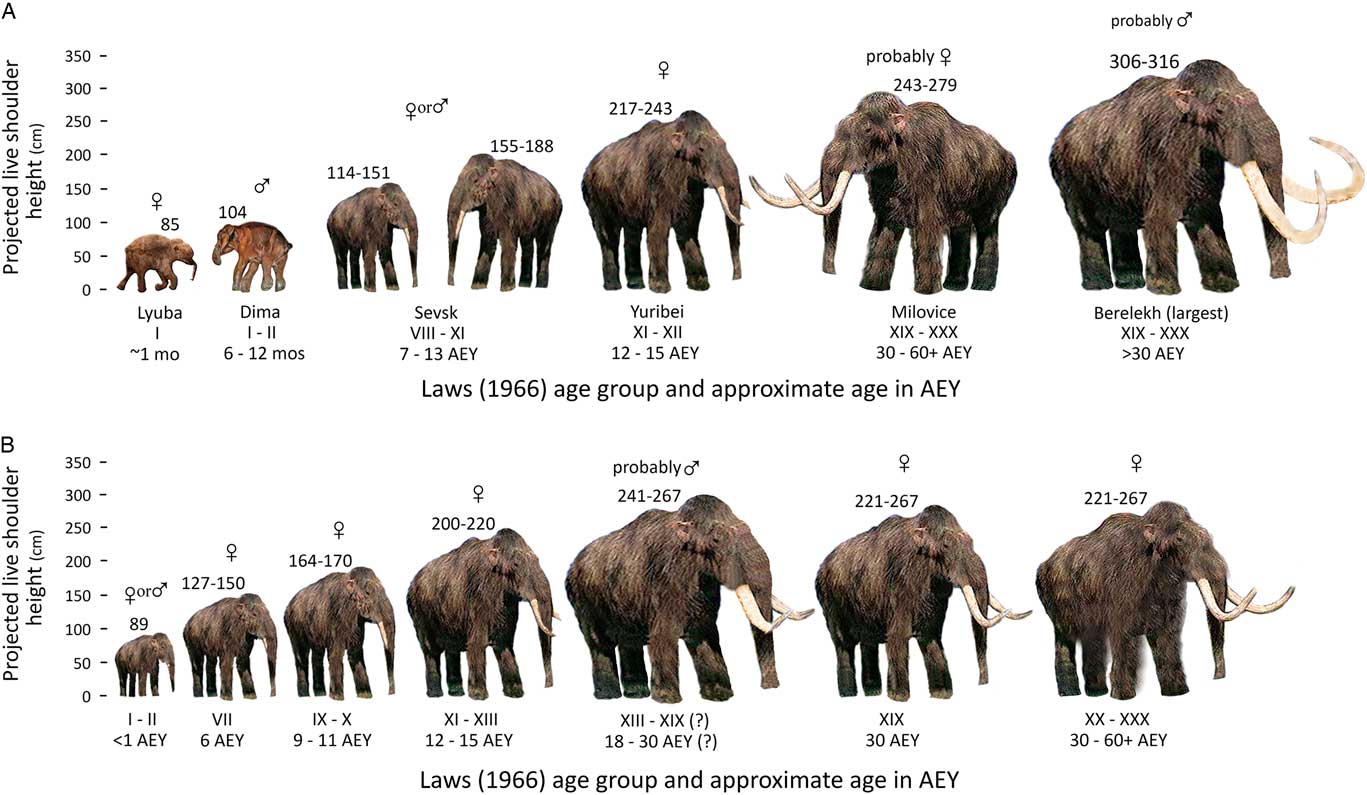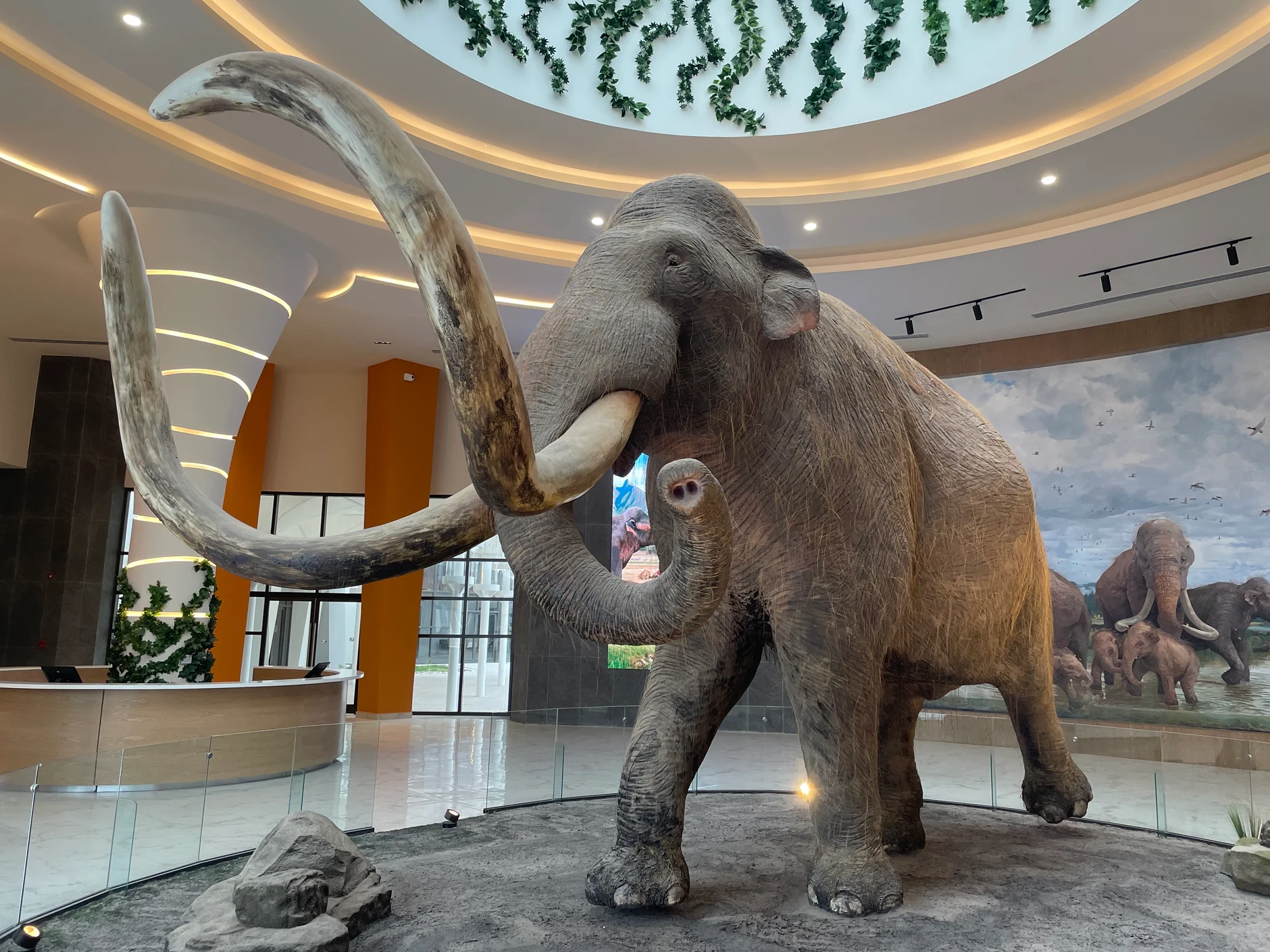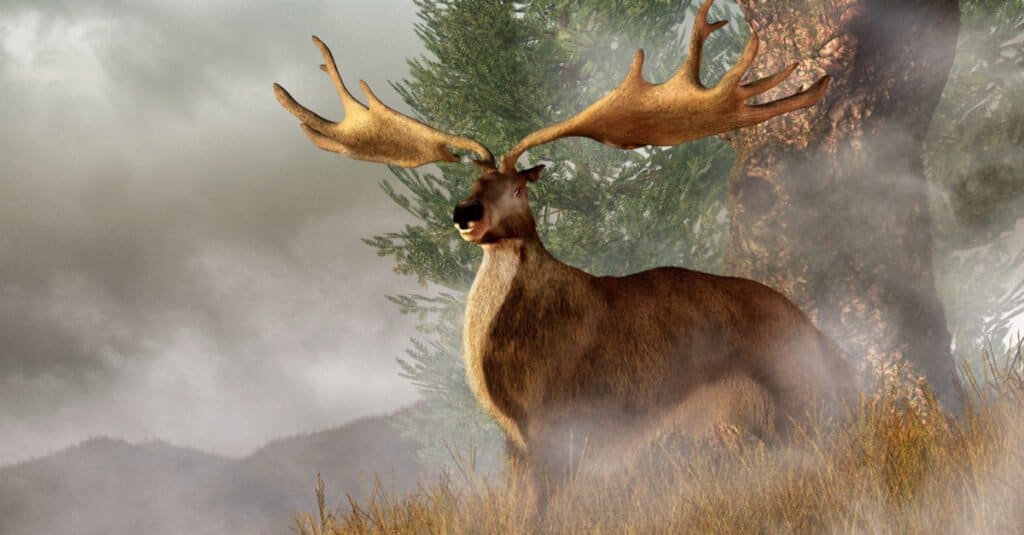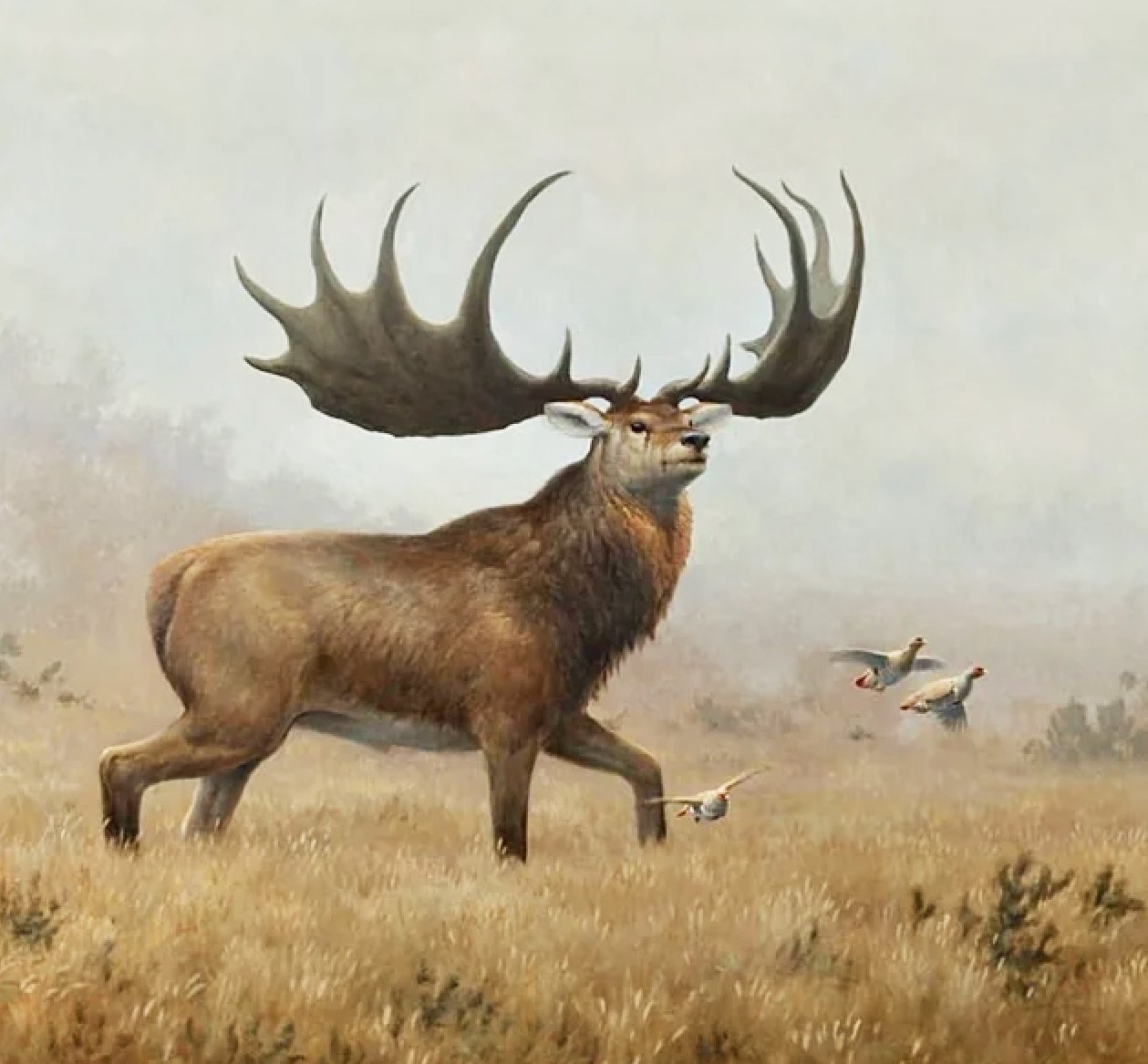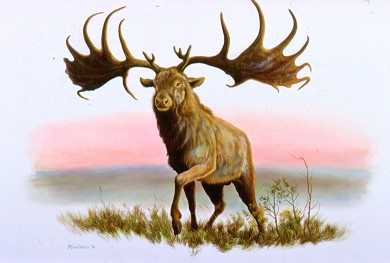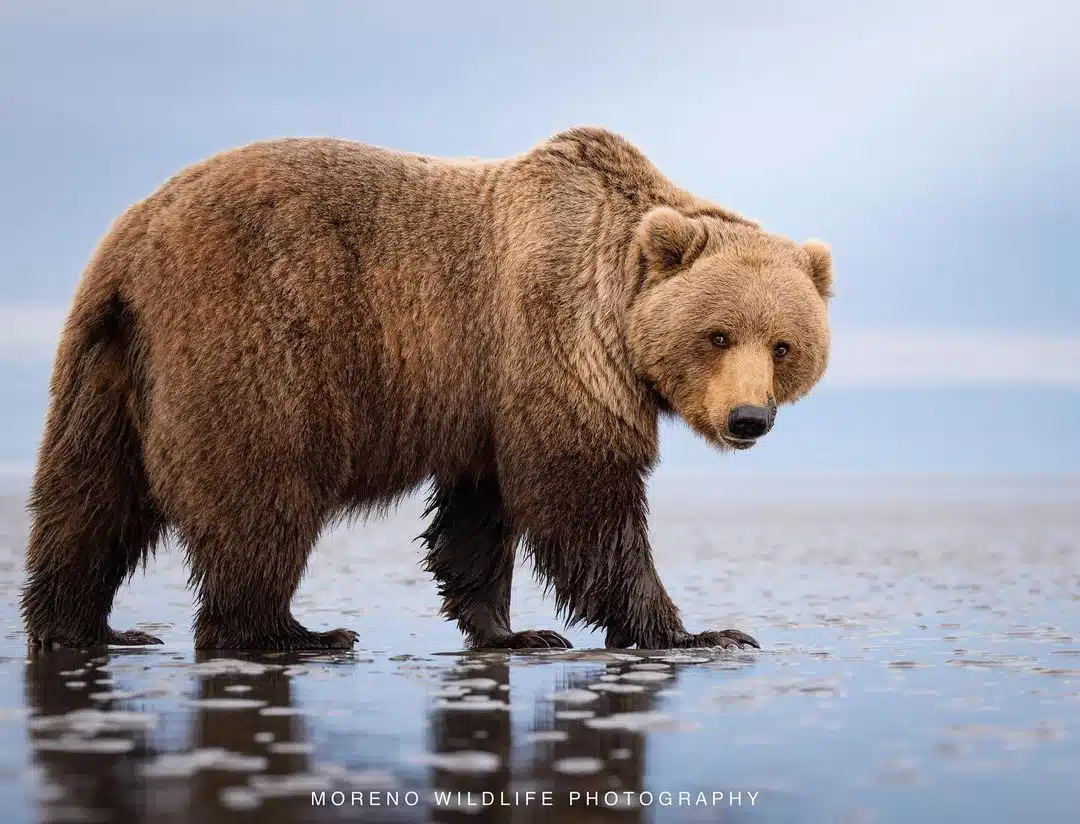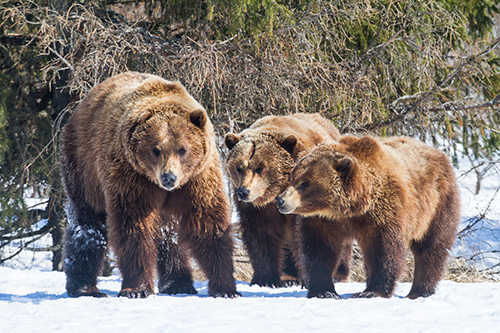The Woolly Mammoth was one of the most iconic prehistoric mammals, roaming the icy tundras of Europe, Asia, and North America during the Pleistocene epoch. This magnificent creature was well-adapted to cold environments with its long, thick fur, massive curved tusks, and specialized physiological features.
Recent studies of mammoth DNA have revealed fascinating details about their genetic makeup. Researchers have sequenced nearly complete genomes from several specimens, showing that woolly mammoths had genetic adaptations for cold tolerance, including genes related to fat metabolism, hair growth, and temperature sensation. These genetic adaptations developed gradually over hundreds of thousands of years as their ancestors moved into colder environments.
The Woolly Mammoth coexisted with other mammoth species like the Columbian mammoth in North America, with DNA evidence showing hybridization between these species. Fossil evidence suggests these hybrid mammoths combined traits from both species, potentially giving them evolutionary advantages in certain environments. Early humans encountered these creatures, as evidenced by cave paintings and preserved remains found in permafrost, with some archaeological sites showing clear evidence of mammoth hunting and tool-making from mammoth bones.
Mammoth social structure appears to have been similar to modern elephants, with matriarchal herds consisting of related females and their young. Males likely lived solitary lives or formed temporary bachelor groups. Trackway evidence from fossil sites suggests herd sizes could range from 5-15 individuals, with larger aggregations possibly forming during seasonal migrations or at particularly rich feeding grounds.
